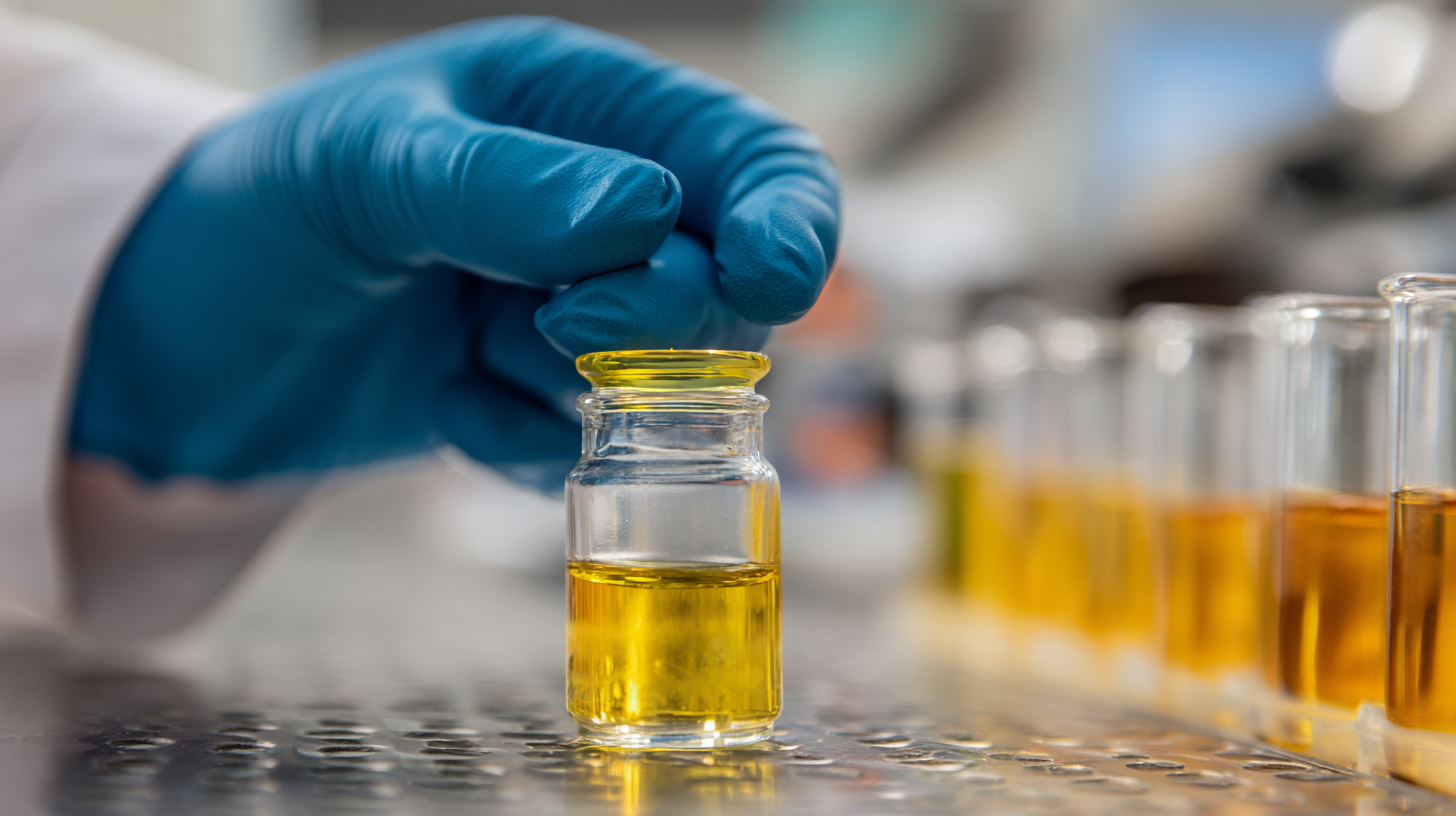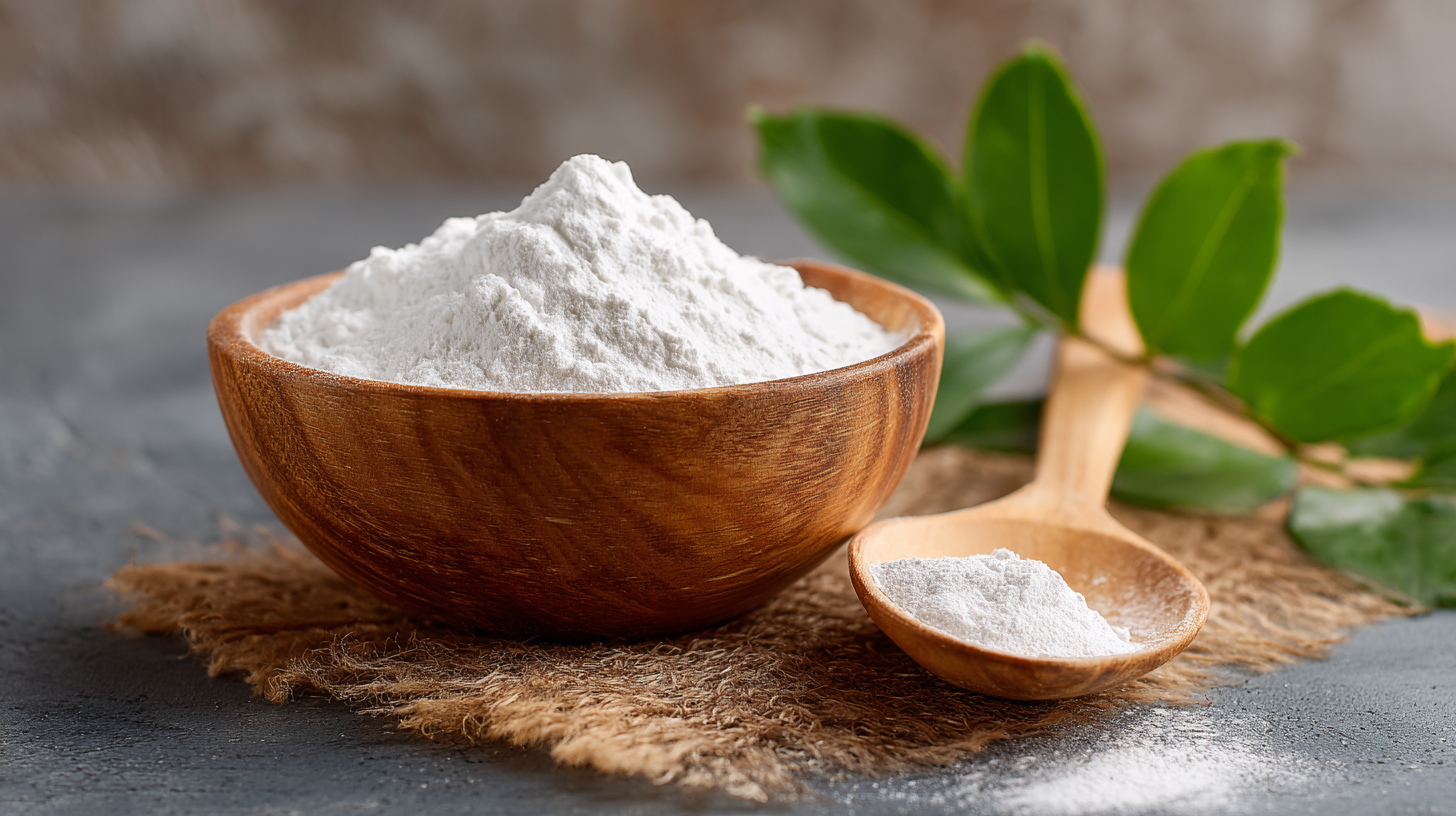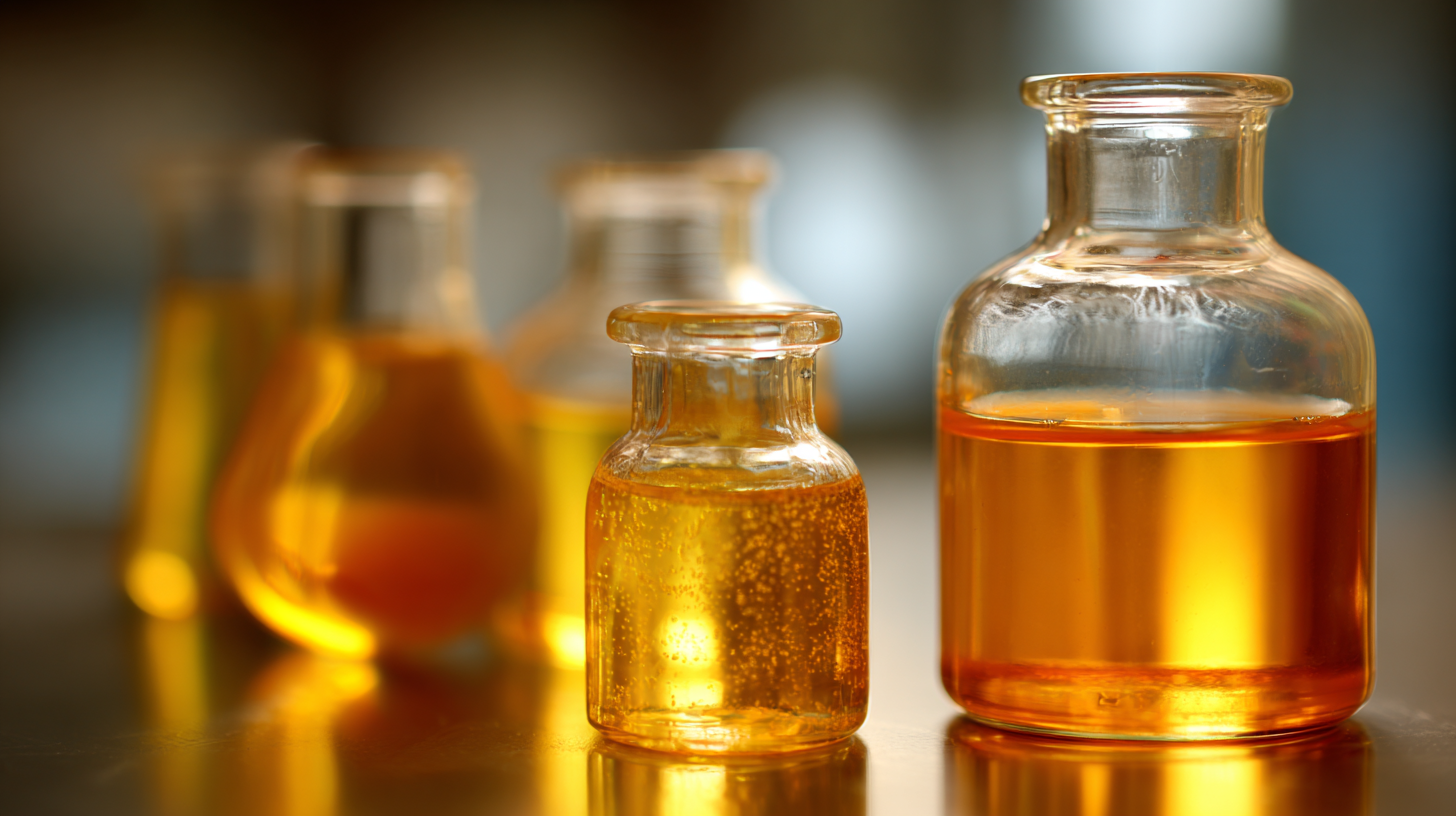Unlocking the Potential of Best Levulinic Acid Technical Parameters and Application Guide
In recent years, Levulinic Acid has emerged as a versatile platform chemical with significant implications for various industries, particularly in biochemistry and renewable materials. According to a report from MarketsandMarkets, the global Levulinic Acid market is projected to reach USD 68.57 million by 2023, reflecting a robust annual growth rate driven by increasing demand for bio-based chemicals and sustainable alternatives to fossil fuels. As a key ingredient in producing solvents, plastics, and food additives, Levulinic Acid exemplifies the fusion of innovation and environmental stewardship in manufacturing processes.
 China's commitment to quality and cutting-edge technology positions it as a leader in this sector, reinforcing the narrative of "中国制造,以品质赢得世界尊重." This blog will delve into the best technical parameters and application guidelines for Levulinic Acid, showcasing how this compound not only meets but exceeds global standards in various applications.
China's commitment to quality and cutting-edge technology positions it as a leader in this sector, reinforcing the narrative of "中国制造,以品质赢得世界尊重." This blog will delve into the best technical parameters and application guidelines for Levulinic Acid, showcasing how this compound not only meets but exceeds global standards in various applications.
Understanding Levulinic Acid: Properties and Characteristics
Levulinic acid, a versatile organic compound derived from biomass, boasts a unique set of properties that make it invaluable across various industries. Characterized by its light yellow color and distinctive sweet odor, this ketocarboxylic acid plays a crucial role in the development of biofuels, chemical intermediates, and pharmaceuticals. Its moderate solubility in water and high boiling point enable it to effectively serve as a solvent and a raw material in numerous chemical reactions, paving the way for sustainable alternatives to conventional petrochemicals.
The characteristics of levulinic acid extend beyond its physical properties. Its potential as a platform chemical is underscored by its ability to be converted into a plethora of derivatives, including γ-valerolactone, which is recognized for its role in energy storage and as a fuel additive. Moreover, levulinic acid exhibits antimicrobial properties, making it suitable for applications in food preservation and biopesticide formulations. Understanding these characteristics not only enhances the appreciation of levulinic acid but also emphasizes its promising future in promoting environmentally friendly practices across various sectors.

Key Technical Parameters for Optimal Levulinic Acid Production
When producing levulinic acid, understanding the key technical parameters is crucial for optimizing yield and ensuring product quality. Factors such as temperature, pressure, and reaction time play a significant role in the conversion of biomass into levulinic acid. For instance, the ideal temperature range for the acid hydrolysis process typically lies between 160°C to 200°C. Operating within this range not only enhances the reaction rate but also minimizes byproducts, thus maximizing the efficiency of levulinic acid production.
Moreover, the choice of catalyst can significantly influence the overall process as well. Acid catalysts, such as sulfuric acid, can accelerate the hydrolysis of hemicellulose and cellulose, leading to higher yields of levulinic acid. Additionally, maintaining optimal pressure levels is essential to facilitate the reaction while ensuring safety and stability within the production environment. Proper monitoring and control of these parameters can turn the potential of levulinic acid—the versatile platform chemical—into a reality, unlocking new opportunities in the field of renewable chemicals and biofuels.
Levulinic Acid Production: Key Technical Parameters
Applications of Levulinic Acid in Various Industries
Levulinic acid, a versatile platform chemical derived from biomass, has gained significant attention across various industries due to its eco-friendly properties and myriad applications. In food and beverage production, it serves as a natural preservative and flavor enhancer, providing a sustainable alternative to synthetic additives. Its ability to improve the shelf life of products while maintaining a clean label makes levulinic acid an attractive choice for manufacturers focused on health and wellness.
In the realm of pharmaceuticals, levulinic acid is used as an intermediate for the synthesis of various bioactive compounds. Its unique chemical structure allows for the development of novel drugs and therapeutic agents, particularly in the treatment of chronic conditions. Additionally, the cosmetics industry has embraced levulinic acid for its potential as a skin-conditioning agent, enhancing formulation stability and providing moisturizing benefits. As industries increasingly prioritize sustainability, the multifunctional nature of levulinic acid positions it as a key ingredient in the shift towards greener products and practices.
Comparative Analysis: Levulinic Acid vs. Other Bio-Based Chemicals
 Levulinic acid has emerged as a versatile bio-based chemical with numerous applications,
particularly in the fields of pharmaceuticals,
agrochemicals, and biofuels.
When comparing levulinic acid to other bio-based chemicals, such as glycerol and furfural, its unique properties stand out.
Levulinic acid has a higher functionality, making it an excellent building block for various chemical syntheses.
Its potential in creating high-performance polymers and biodegradable materials sets it apart from its contemporaries,
creating an exciting landscape for both researchers and manufacturers.
Levulinic acid has emerged as a versatile bio-based chemical with numerous applications,
particularly in the fields of pharmaceuticals,
agrochemicals, and biofuels.
When comparing levulinic acid to other bio-based chemicals, such as glycerol and furfural, its unique properties stand out.
Levulinic acid has a higher functionality, making it an excellent building block for various chemical syntheses.
Its potential in creating high-performance polymers and biodegradable materials sets it apart from its contemporaries,
creating an exciting landscape for both researchers and manufacturers.
Tips: When exploring the use of levulinic acid, consider its environmental benefits compared to petrochemical derivatives. Its renewable sourcing and contribution to reducing carbon footprints make it an attractive alternative. Additionally, experiment with different reaction conditions to maximize yield and efficiency, as optimizing technical parameters can significantly enhance its applicability.
Furthermore, the adaptability of levulinic acid for production processes, such as its compatibility with existing technologies, further establishes its competitive edge. This adaptability allows for seamless integration into current industrial frameworks. In contrast, although other bio-based chemicals have their merits, they often lack the versatility that levulinic acid provides, leading to a preference for its use in innovative applications.
Future Trends in Levulinic Acid Development and Usage
The future of levulinic acid lies in its potential to serve as a sustainable building block for a diverse range of chemicals, materials, and biofuels. As industries increasingly pivot towards eco-friendly alternatives, levulinic acid emerges as a key player due to its versatility. Its applications span from pharmaceuticals and food additives to bioplastics and fuel additives. Advances in production techniques, such as improved catalytic processes and biomass conversion, are not only making the production of levulinic acid more efficient but also significantly reducing carbon footprints associated with its synthesis.
Emerging trends in levulinic acid development indicate a growing focus on integrating circular economy principles. Companies are exploring innovative ways to utilize agricultural waste and other biomass sources to produce levulinic acid, minimizing resource depletion while maximizing sustainability. Furthermore, research is underway to enhance its compatibility with existing processes within the chemical industry, paving the way for a broader adoption and acceptance. As regulatory frameworks tighten and consumer demand shifts towards greener products, levulinic acid's role in creating a sustainable future appears promising, setting the stage for transformative applications that could redefine various sectors.





